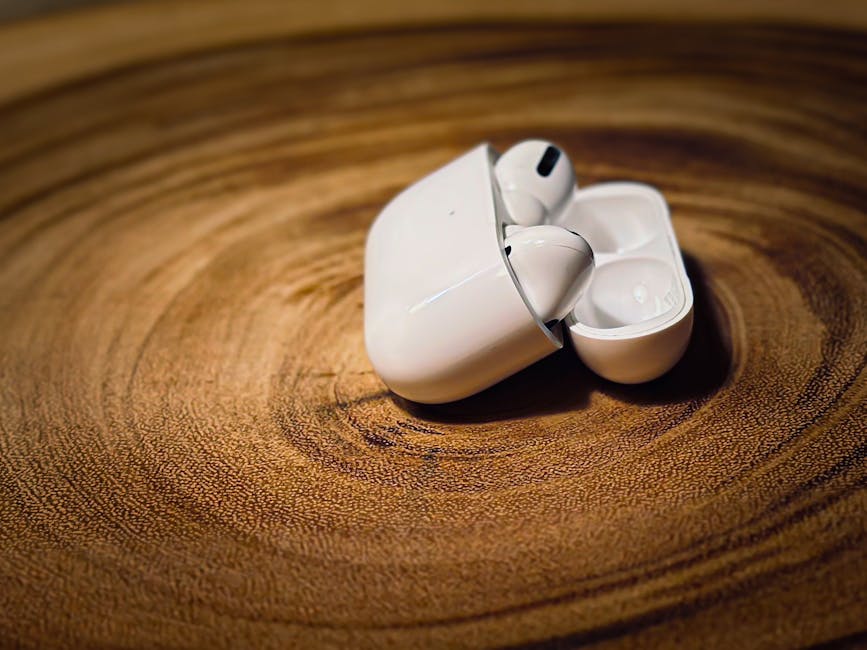
Why You Should Stop Using Plastic Containers for Food Storage
Why You Should Stop Using Plastic Containers for Food Storage
In today’s fast-paced world, convenience often takes precedence over health and sustainability. Plastic containers have long been a staple in kitchens worldwide due to their affordability, lightweight nature, and durability. However, mounting scientific evidence suggests that storing food in plastic may pose serious risks to both human health and the environment. From chemical leaching to microplastic contamination, the hidden dangers of plastic food storage are becoming increasingly difficult to ignore.
If you’re still using plastic containers for leftovers, meal prep, or daily food storage, it may be time to reconsider. This article explores the compelling reasons why you should stop using plastic containers for food storage and switch to safer, more sustainable alternatives.
1. Chemical Leaching: The Invisible Threat in Your Food
One of the most alarming concerns with plastic food containers is the potential for harmful chemicals to leach into your food. Many plastics contain additives such as bisphenol A (BPA), phthalates, and styrene, which can migrate into food—especially when exposed to heat, acidic foods, or prolonged storage.
BPA and Its Health Risks
BPA, commonly found in polycarbonate plastics, is a known endocrine disruptor that mimics estrogen in the body. Research has linked BPA exposure to:
- Hormonal imbalances
- Increased risk of infertility
- Developmental issues in children
- Higher susceptibility to certain cancers (e.g., breast and prostate cancer)
While many manufacturers now produce “BPA-free” plastics, these alternatives often contain bisphenol S (BPS) or bisphenol F (BPF), which may be just as harmful.
Phthalates: The Plastic Softeners
Phthalates are chemicals used to make plastics more flexible. They are commonly found in food packaging, cling wraps, and even some plastic containers. Studies suggest that phthalate exposure may contribute to:
- Disrupted thyroid function
- Increased risk of diabetes and obesity
- Reproductive system abnormalities
Microwaving Plastic: A Recipe for Disaster
Heating food in plastic containers—especially in the microwave—accelerates chemical leaching. A study published in Environmental Health Perspectives found that microwaving plastic containers releases millions of microplastic particles into food, which are then ingested.
2. Microplastics: The Silent Invaders in Your Body
Microplastics—tiny plastic particles less than 5mm in size—have infiltrated our food chain, water supply, and even the air we breathe. When plastic containers degrade over time (due to scratches, heat, or wear), they shed microplastics into stored food.
How Microplastics Affect Human Health
- Gut Health Disruption: Microplastics may alter gut microbiota, leading to digestive issues and inflammation.
- Toxicity Accumulation: Plastics absorb pollutants like heavy metals and pesticides, which can be released into the body.
- Potential Long-Term Effects: Scientists are still studying the full impact, but early research suggests links to immune system dysfunction and chronic diseases.
A 2022 study in Nature found that the average person ingests about 5 grams of microplastics per week—equivalent to a credit card’s worth of plastic. Much of this comes from food storage containers.
3. Environmental Impact: Plastic’s Devastating Footprint
Beyond personal health risks, plastic food storage contributes significantly to environmental pollution.
Plastic Waste Crisis
- Single-Use Plastics: Many food storage containers are discarded after minimal use, adding to landfills.
- Ocean Pollution: Over 8 million tons of plastic enter the oceans yearly, harming marine life.
- Non-Biodegradable Nature: Most plastics take hundreds of years to decompose, releasing toxins as they break down.
Recycling Myths
While some plastics are recyclable, less than 9% of all plastic waste is actually recycled (EPA data). The rest ends up in landfills, incinerators, or natural ecosystems.
4. Safer Alternatives to Plastic Food Storage
Thankfully, there are numerous healthier and eco-friendly alternatives to plastic containers:
Glass Containers
- Non-Toxic: Does not leach chemicals.
- Durable & Reusable: Lasts for years without degrading.
- Microwave & Oven Safe: Can be heated without risks.
Stainless Steel Containers
- Chemical-Free: No leaching concerns.
- Lightweight & Portable: Ideal for packed lunches.
- Rust-Resistant: Long-lasting and easy to clean.
Silicone Food Storage Bags
- Flexible & Reusable: A great plastic bag alternative.
- Freezer & Dishwasher Safe: Convenient for daily use.
Beeswax Wraps
- Natural & Biodegradable: Made from cotton and beeswax.
- Perfect for Wrapping Food: A sustainable replacement for plastic wrap.
Conclusion: Make the Switch Today
The convenience of plastic food storage comes at a steep price—both for your health and the planet. By switching to glass, stainless steel, or silicone alternatives, you can reduce your exposure to harmful chemicals, minimize microplastic ingestion, and contribute to a cleaner environment.
Every small change matters. Start by replacing one plastic container at a time, and soon, your kitchen will be a healthier, plastic-free zone. Your body—and the Earth—will thank you.
Are you ready to ditch plastic for good? Share your favorite plastic-free food storage solutions in the comments!







